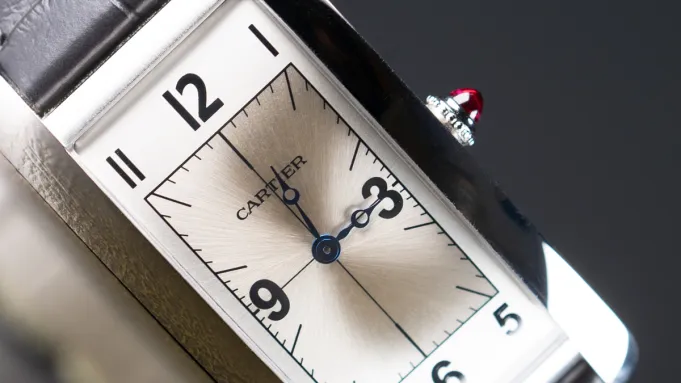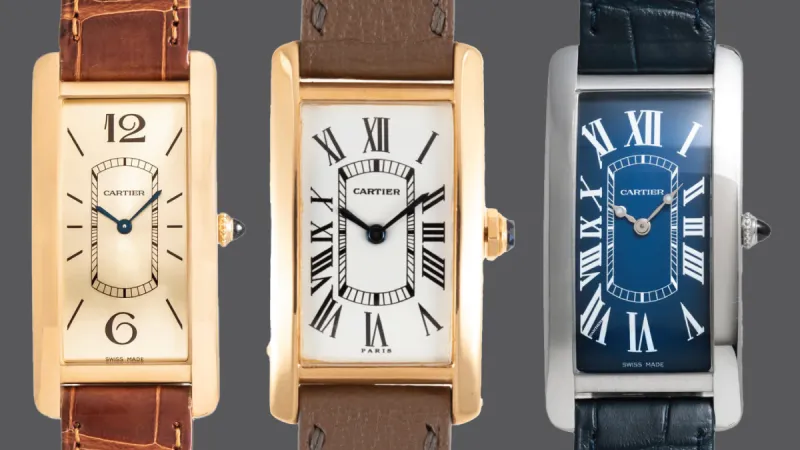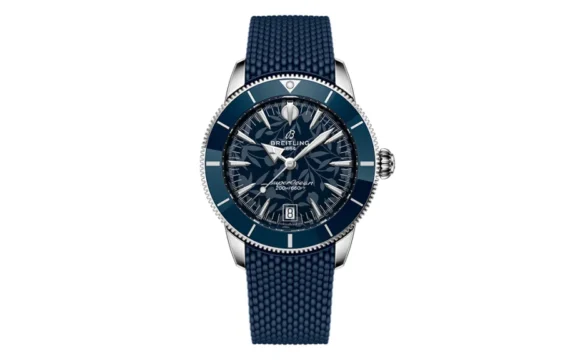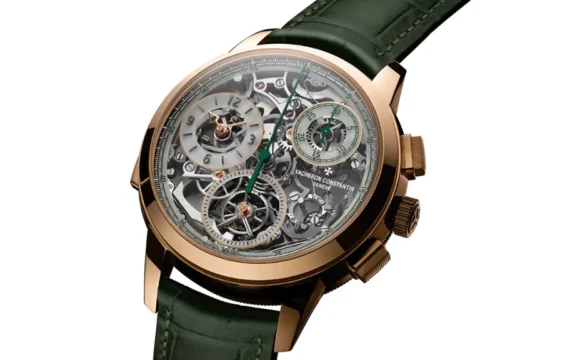Just four years after Cartier’s biggest icon, the Tank, was created, Louis Cartier added an ever-so-slight dose of pizzazz to the design by creating the Tank Cintrée, which took the rectangular shape and curved it, so it appears to just barely hug or grip the wrist. For the record, the Cartier Tonneau, created in 1906, was also curved but had a more voluminous shape. Unlike the Tonneau, which has “hips," the Cintrée maintained the straight lines of the original Tank but curved them putting the Tank in a backbend of sorts. It is otherwise recognized for a dial that is typical to Cartier with Roman numerals, a chemin de fer minute track, and blued steel hands, although some outliers of those parameters do exist.

The curvature of this watch’s “spine" was certainly a design twist, but it was also technically challenging to produce. It required the movement and the sapphire crystal to be engineered in accordance with the shape. For a house that built its name on jewelry for royals and A-listers that was no small feat at the time. Add this to the fact that the Cintrée was born not long after the transition from traditional round pocket watches to wearing time on the wrist and you can understand just how far ahead of the curve it landed. In today’s wildly more advanced age, it remains just as modern as ever.
From the article by Allen Farmelo, Paige Reddinger, Victoria Gomelsky, Oren Hartov, Blake Buettner








